Home>Home Maintenance>How To Plant In Strawberry Pots With No Drainage
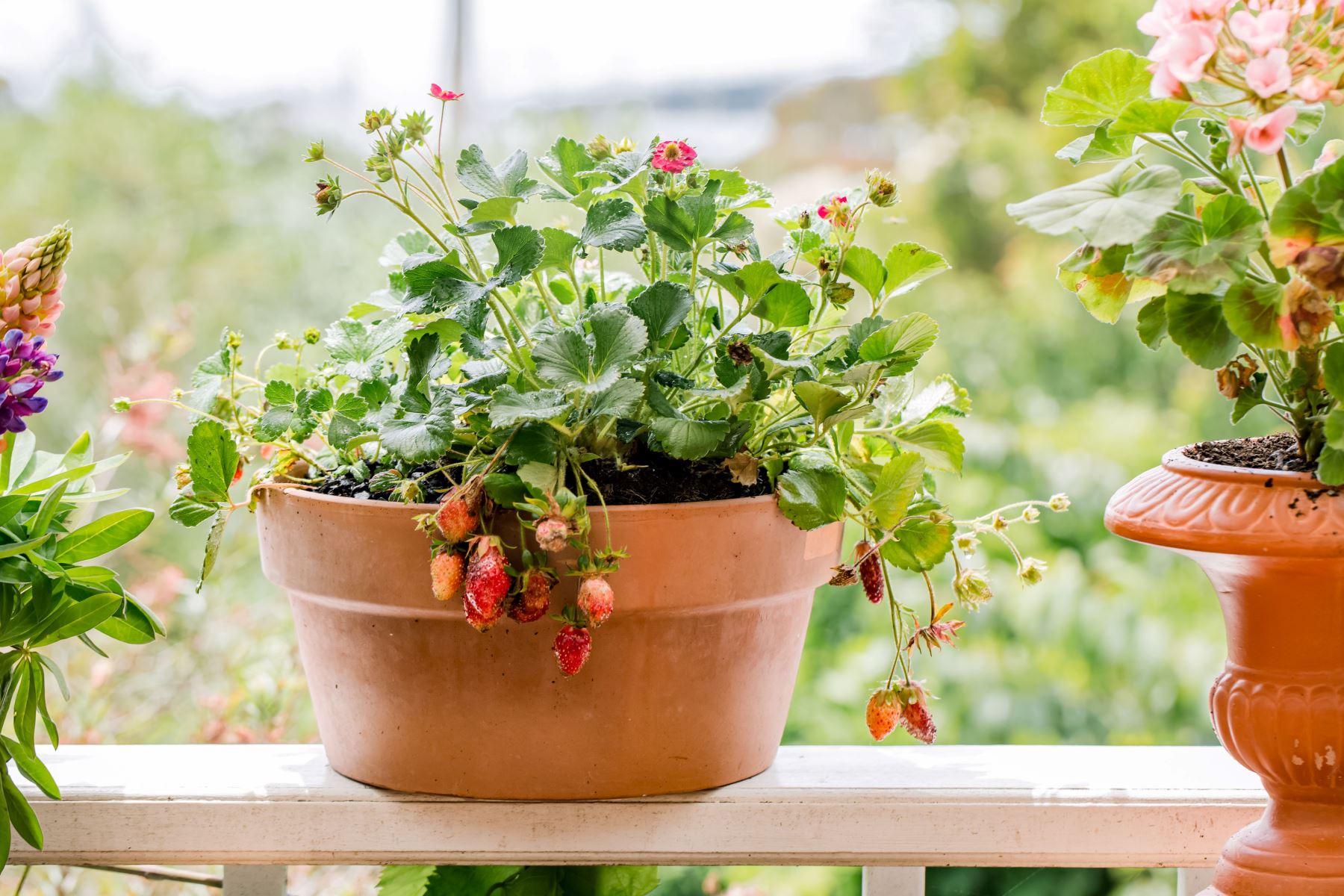

Home Maintenance
How To Plant In Strawberry Pots With No Drainage
Modified: March 7, 2024
Learn how to easily plant in strawberry pots with no drainage at home! Follow our step-by-step guide for successful planting. Improve your home-maintenance skills today!
(Many of the links in this article redirect to a specific reviewed product. Your purchase of these products through affiliate links helps to generate commission for Storables.com, at no extra cost. Learn more)
Introduction
Welcome to our guide on how to plant in strawberry pots with no drainage! Strawberry pots are a popular choice for growing strawberries, herbs, and other small plants in small spaces or on balconies. However, many strawberry pots do not come with drainage holes, which can make watering and maintaining the plants a bit more challenging.
In this comprehensive guide, we will not only explain the importance of drainage in strawberry pots but also provide you with a step-by-step guide to successfully planting in strawberry pots without drainage. We will also share some tips and tricks to ensure optimal growth and health of your plants in these unique containers.
So, let’s get started and learn how to make the most of your strawberry pots, even without drainage!
Key Takeaways:
- Don’t let the lack of drainage in your strawberry pots stop you from growing healthy plants! Use a drainage layer or wick system to prevent waterlogging and promote successful growth.
- With proper care and attention, you can enjoy a bountiful harvest of strawberries or herbs in your strawberry pots without drainage. Monitor watering, provide sunlight, and follow our tips for thriving plants!
Read more: What To Plant In A Pot Without Drainage
Understanding the Importance of Drainage in Strawberry Pots
Drainage is crucial for the health and success of plants in any type of container, including strawberry pots. Proper drainage allows excess water to escape from the container, preventing the roots from sitting in water and becoming oversaturated. Without adequate drainage, plants can suffer from root rot, nutrient deficiencies, and poor growth.
When it comes to strawberry pots, the lack of drainage holes can pose a challenge. Excess water can easily accumulate at the bottom of the pot, leading to stagnant water and potential root problems. However, there are a few ways to mitigate this issue and create suitable conditions for your plants.
One option is to create a drainage layer at the bottom of the pot. This can be achieved by adding a layer of small rocks, pebbles, or gravel at the base of the pot. This layer will allow water to flow freely, preventing it from pooling at the bottom.
Another option is to use a wick system. By placing a piece of fabric or cotton rope in the soil and trailing it out of the pot, excess water can be wicked away, preventing it from sitting in the container.
It’s important to note that while these methods can help improve drainage, they are not foolproof. It is still important to be mindful of watering practices and avoid overwatering your plants. Monitor the moisture levels in the soil and adjust your watering routine accordingly.
Understanding the importance of drainage in strawberry pots is essential to providing your plants with optimal growing conditions. Now that we have established the significance of drainage, let’s move on to the materials needed for planting in strawberry pots without drainage.
Materials Needed for Planting in Strawberry Pots with No Drainage
When it comes to planting in strawberry pots without drainage, there are a few materials you will need to ensure the successful growth of your plants. These materials will help you create a suitable environment and manage the issue of excess water retention. Here are the essential items:
- Strawberry Pot: Choose a pot that suits your needs and space constraints. Make sure it does not have pre-drilled drainage holes.
- Potting Mix: A high-quality potting mix is crucial for proper drainage and adequate moisture retention. Look for a mix specifically designed for container plants.
- Drainage Layer: As mentioned earlier, a drainage layer is necessary to prevent excess water from accumulating at the bottom of the pot. Use small rocks, pebbles, or gravel to create this layer.
- Wick Material (optional): If you choose to use the wick system, you will need a piece of fabric or cotton rope to act as the wick.
- Strawberry Plants or desired plants: Select healthy and disease-free strawberry plants or other plants of your choice that are suitable for growing in containers.
- Watering Can or Sprayer: A watering can or sprayer with a gentle spray nozzle will help you water your plants effectively without disturbing the soil or creating waterlogging issues.
- Organic Fertilizer: Depending on the needs of your plants, you may choose to use organic fertilizers to provide essential nutrients for growth.
With these materials on hand, you are ready to begin planting in your strawberry pots without drainage. Next, we will provide you with a step-by-step guide to help you through the process. Follow along to ensure the best results for your container garden!
To plant in a strawberry pot with no drainage, add a layer of gravel at the bottom to improve drainage. Then, use a well-draining potting mix and water carefully to avoid waterlogging the soil.
Step-by-Step Guide to Planting in Strawberry Pots with No Drainage
Planting in strawberry pots without drainage may seem challenging, but with the right approach, you can create a suitable environment for your plants to thrive. Follow this step-by-step guide to ensure successful planting:
- Prepare the pot: Start by adding a layer of small rocks, pebbles, or gravel at the bottom of the pot. This will serve as the drainage layer and prevent water from pooling at the bottom.
- Fill with potting mix: Fill the pot with a high-quality potting mix, leaving enough space at the top to accommodate your plants.
- Create a wick (optional): If you choose to use the wick system, insert a piece of fabric or cotton rope in the potting mix. Ensure that one end of the wick is in contact with the drainage layer at the bottom of the pot.
- Make planting holes: Using your fingers or a small trowel, create holes in the potting mix where you will place your plants. Make sure to space the holes evenly to allow room for growth.
- Plant your strawberries: Gently remove your strawberry plants from their nursery pots and place them in the prepared holes. Ensure that the crown of the plant is level with the soil surface.
- Fill with more potting mix: Carefully fill the gaps around the plants with additional potting mix, firming it gently to provide support.
- Water thoroughly: After planting, water the potting mix thoroughly, ensuring that the water reaches all the way to the bottom of the pot. This will help settle the soil and remove any air pockets.
- Monitor moisture levels: Keep a close eye on the moisture levels in the potting mix. Water your plants whenever the top layer of soil feels dry, but avoid overwatering to prevent waterlogging.
- Fertilize as needed: Depending on the needs of your plants, you may choose to fertilize them with organic fertilizer. Follow the instructions on the fertilizer package and avoid over-fertilizing, as it can be harmful to your plants.
- Prune and care for your plants: Regularly prune your strawberry plants to remove any dead or damaged leaves. Provide them with adequate sunlight, proper ventilation, and protection from pests.
- Enjoy your harvest: As your plants grow and flourish, you will soon be rewarded with the delightful harvest of juicy strawberries or other delicious fruits or herbs.
Following these steps will help you successfully plant in strawberry pots without drainage. With proper care and maintenance, your plants will thrive and bring beauty and delicious flavors to your home or garden!
Tips for Successful Growth in Strawberry Pots with No Drainage
Growing plants in strawberry pots without drainage requires some extra care and attention to ensure their successful growth. Here are some helpful tips to keep in mind:
- Monitor watering: Since there are no drainage holes, it’s crucial to monitor the watering of your plants closely. Avoid overwatering, as it can lead to waterlogged soil and root rot. Only water when the top layer of soil feels dry.
- Use a moisture meter: Consider using a moisture meter to accurately determine when to water your plants. This handy tool can measure the moisture content in the soil, helping you avoid under or overwatering.
- Ensure proper soil moisture: Aim for evenly moist soil. Overly dry soil can stress the plants, while overly wet soil can suffocate the roots. Proper moisture balance is crucial for the health of your plants.
- Avoid compacting the soil: Be careful not to compact the soil too tightly when planting or watering. This can hinder drainage and prevent air circulation around the roots. Gently firm the soil without excessive pressure.
- Provide adequate sunlight: Strawberry plants thrive in full sun. Place your strawberry pots in a location that receives at least 6 hours of direct sunlight each day. If growing other plants, make sure to provide them with the right amount of sunlight they require for optimal growth.
- Fertilize regularly: To ensure your plants receive the necessary nutrients, regularly fertilize them with organic fertilizer. Follow the package instructions and avoid over-fertilizing, as it can lead to fertilizer burn.
- Inspect for pests and diseases: Regularly inspect your plants for any signs of pests or diseases. Common pests that can affect strawberry plants include aphids and slugs. Treat any infestations or diseases promptly to prevent further damage.
- Prune runners: Strawberry plants produce runners, which are long stems that extend from the main plant and develop new plants. If you want to control the growth or redirect the energy of the plant, you can prune runners. This will help focus the plant’s energy on fruit production.
- Rotate the pots: To ensure even growth, periodically rotate your strawberry pots to expose all sides to sunlight. This will prevent uneven growth and ensure each plant receives equal amounts of light.
- Harvest regularly: As your strawberry plants produce fruit, make sure to harvest them regularly to promote continuous production. Overripe or spoiled strawberries left on the plant can attract pests and hinder future growth.
By following these tips, you can maximize the success of your plants in strawberry pots without drainage. With proper care, your plants will thrive and provide you with a bountiful harvest of strawberries or other herbs and fruits.
Conclusion
Planting in strawberry pots without drainage may initially seem challenging, but with the right techniques and care, you can successfully create a suitable environment for your plants to thrive. By understanding the importance of drainage and utilizing alternative methods such as drainage layers or wick systems, you can prevent waterlogging and promote healthy root growth.
In this comprehensive guide, we have discussed the essential materials needed for planting in strawberry pots without drainage, provided a step-by-step planting guide, and shared tips for successful growth. It’s important to monitor watering, ensure proper soil moisture, provide adequate sunlight, and regularly fertilize your plants to ensure their optimal growth and productivity.
Remember to be mindful of the watering needs of your plants, avoid compacting the soil, and promptly address any pests or diseases that may arise. Regular pruning and proper maintenance will help your plants flourish and produce an abundant harvest.
Whether you’re growing strawberries, herbs, or other small plants, strawberry pots offer a versatile and space-saving solution. With the techniques and tips outlined in this guide, you can confidently plant and care for your plants in strawberry pots without drainage, even in limited spaces such as balconies or patios.
So, grab your strawberry pots, gather the materials, and embark on a journey of homegrown goodness. Enjoy the beauty and bountiful harvest of your container garden. Happy planting!
Frequently Asked Questions about How To Plant In Strawberry Pots With No Drainage
Was this page helpful?
At Storables.com, we guarantee accurate and reliable information. Our content, validated by Expert Board Contributors, is crafted following stringent Editorial Policies. We're committed to providing you with well-researched, expert-backed insights for all your informational needs.
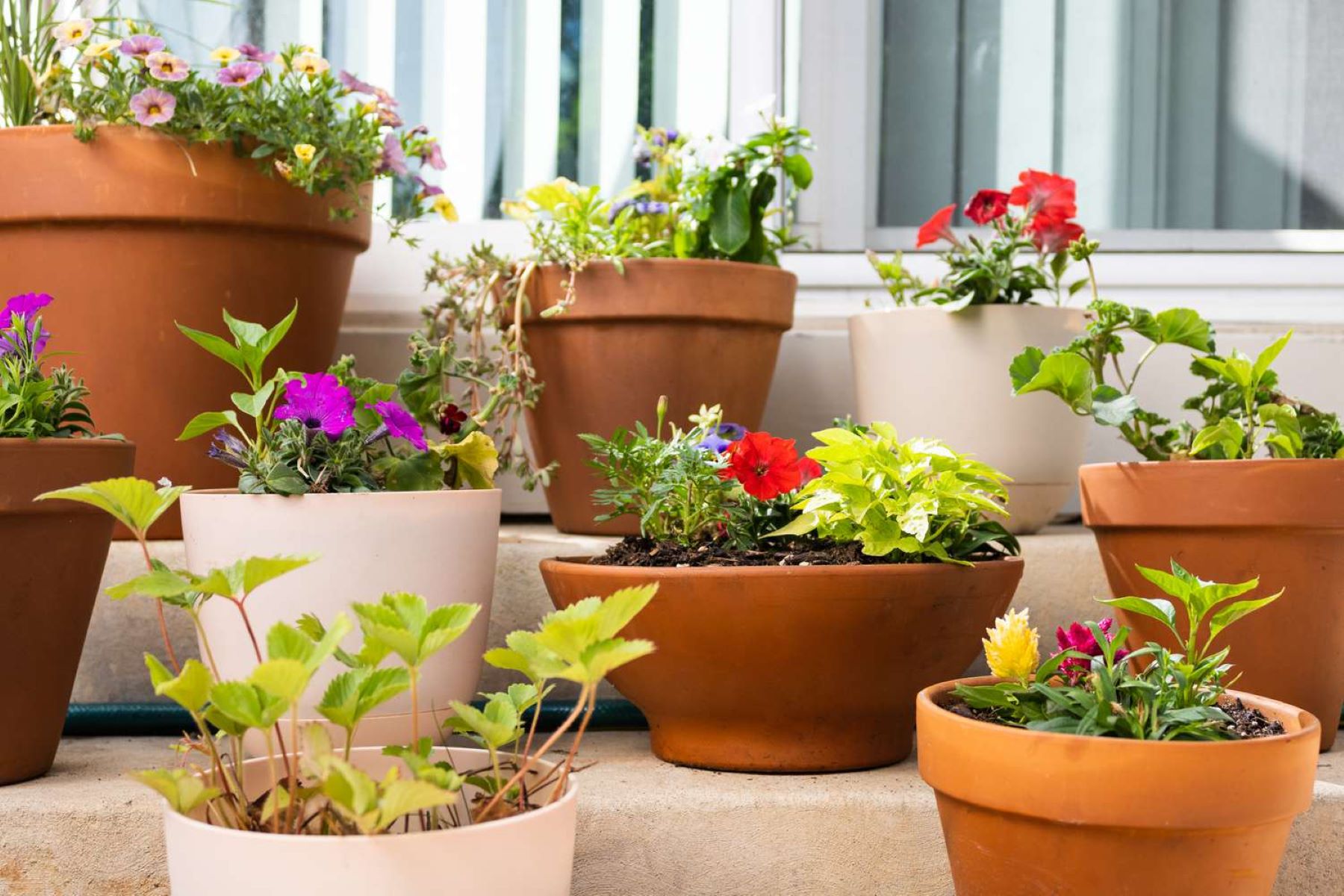
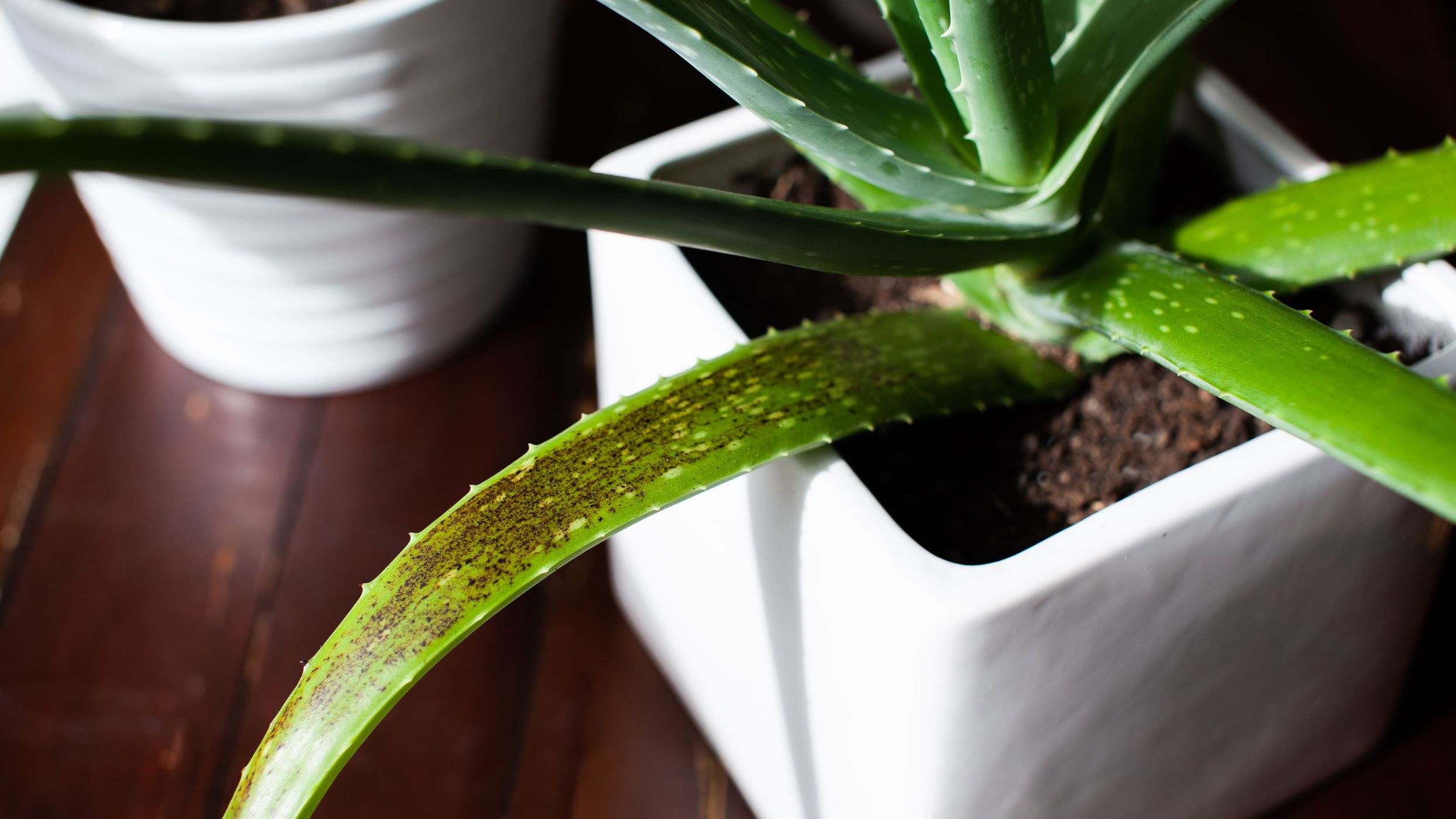
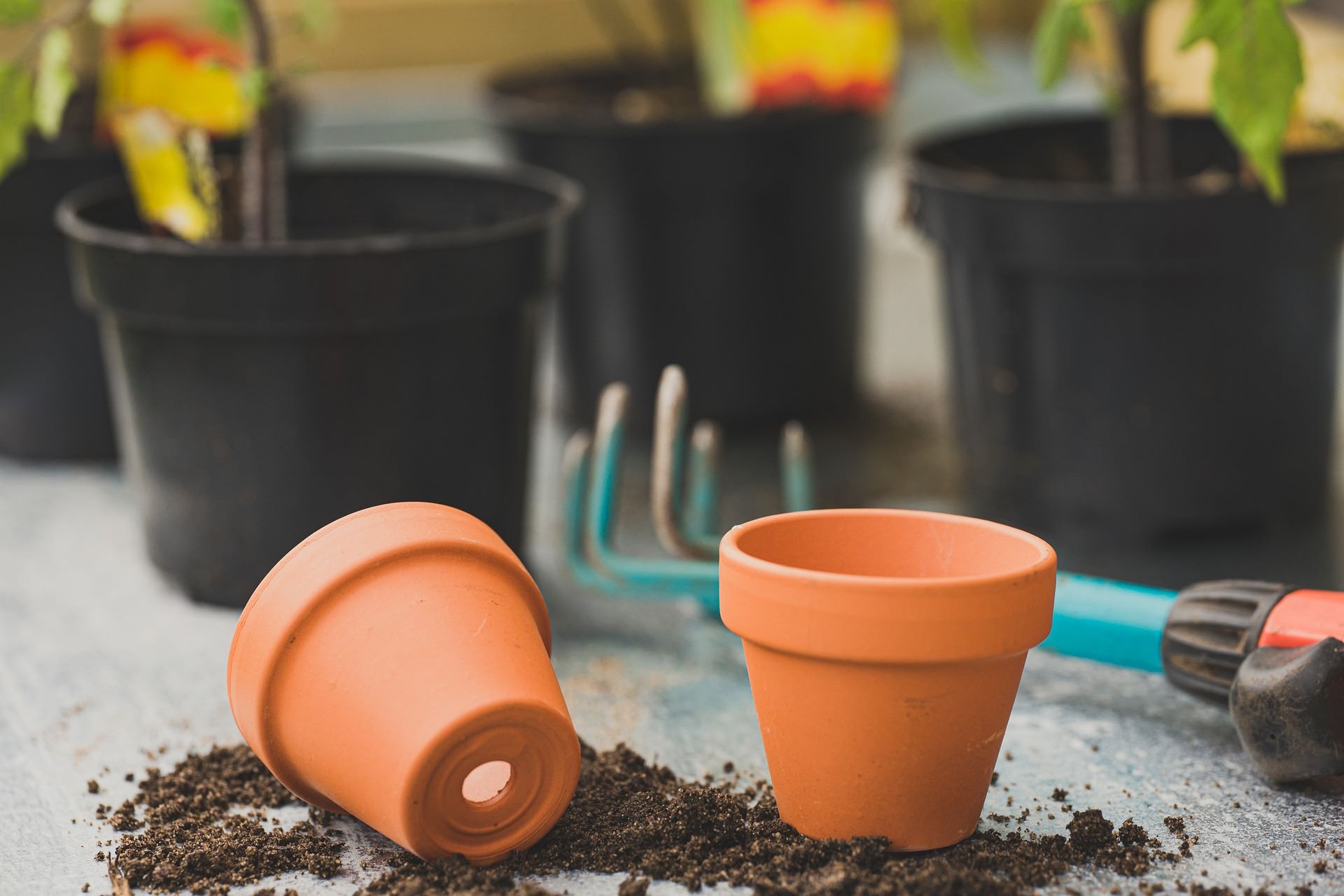
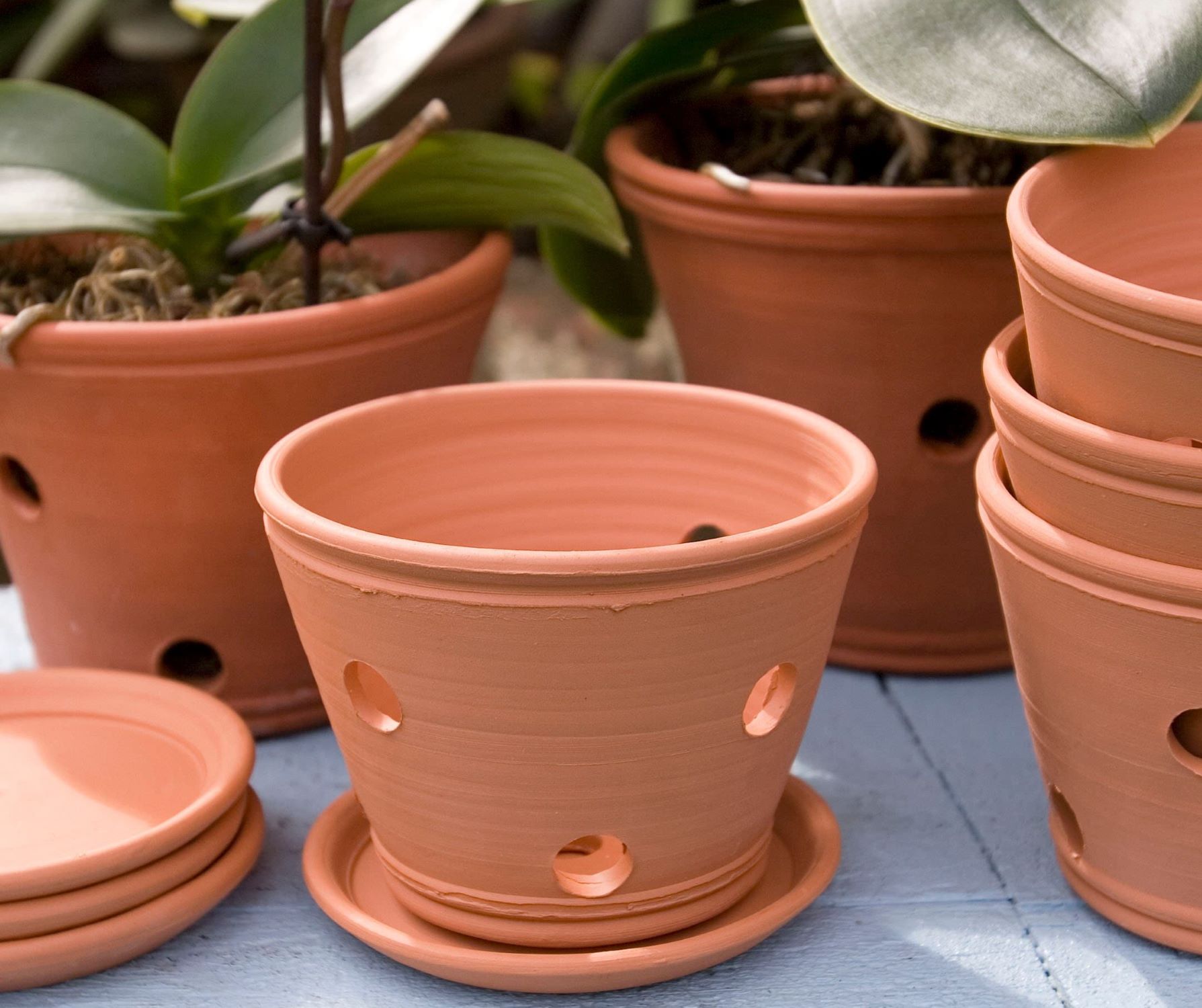
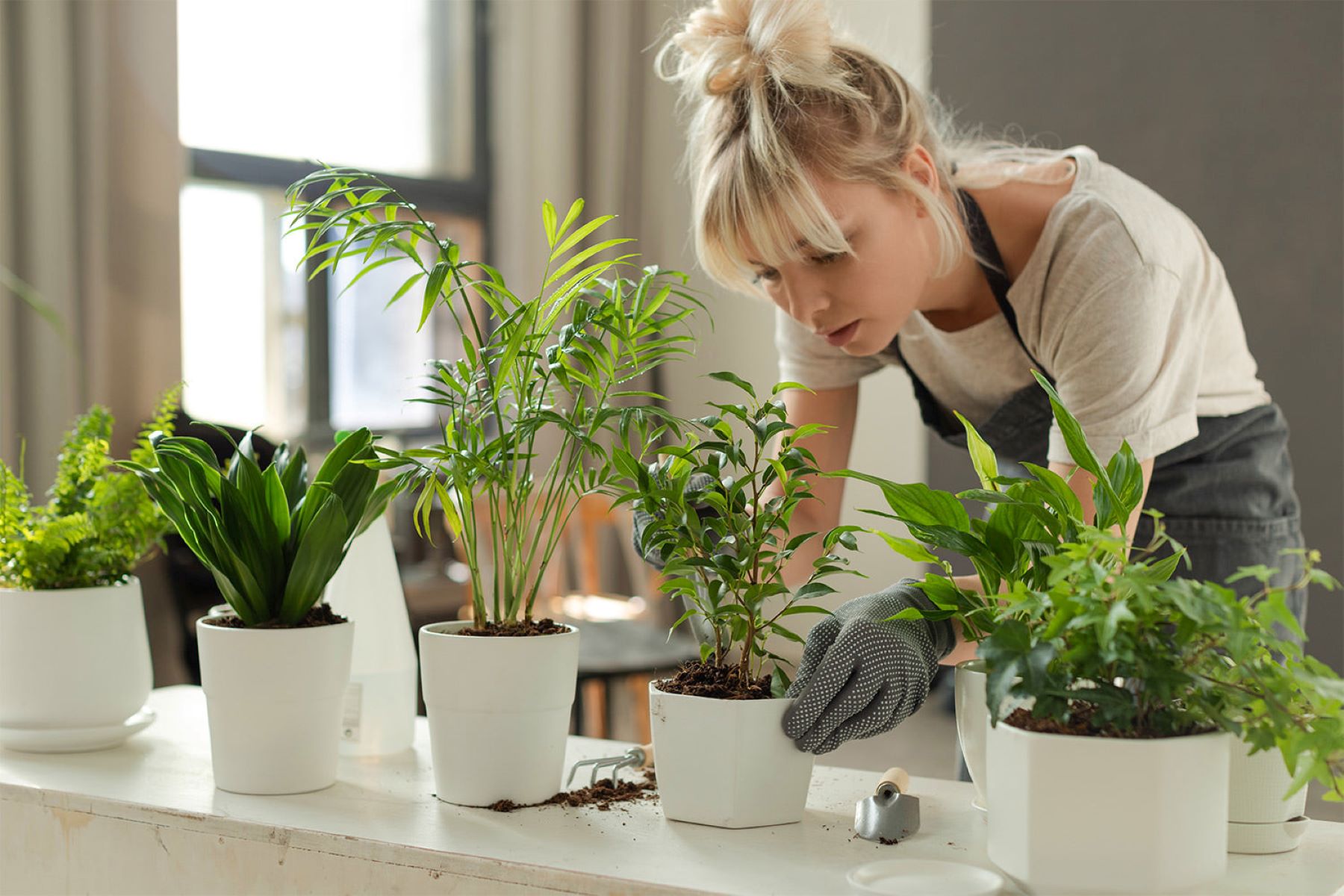
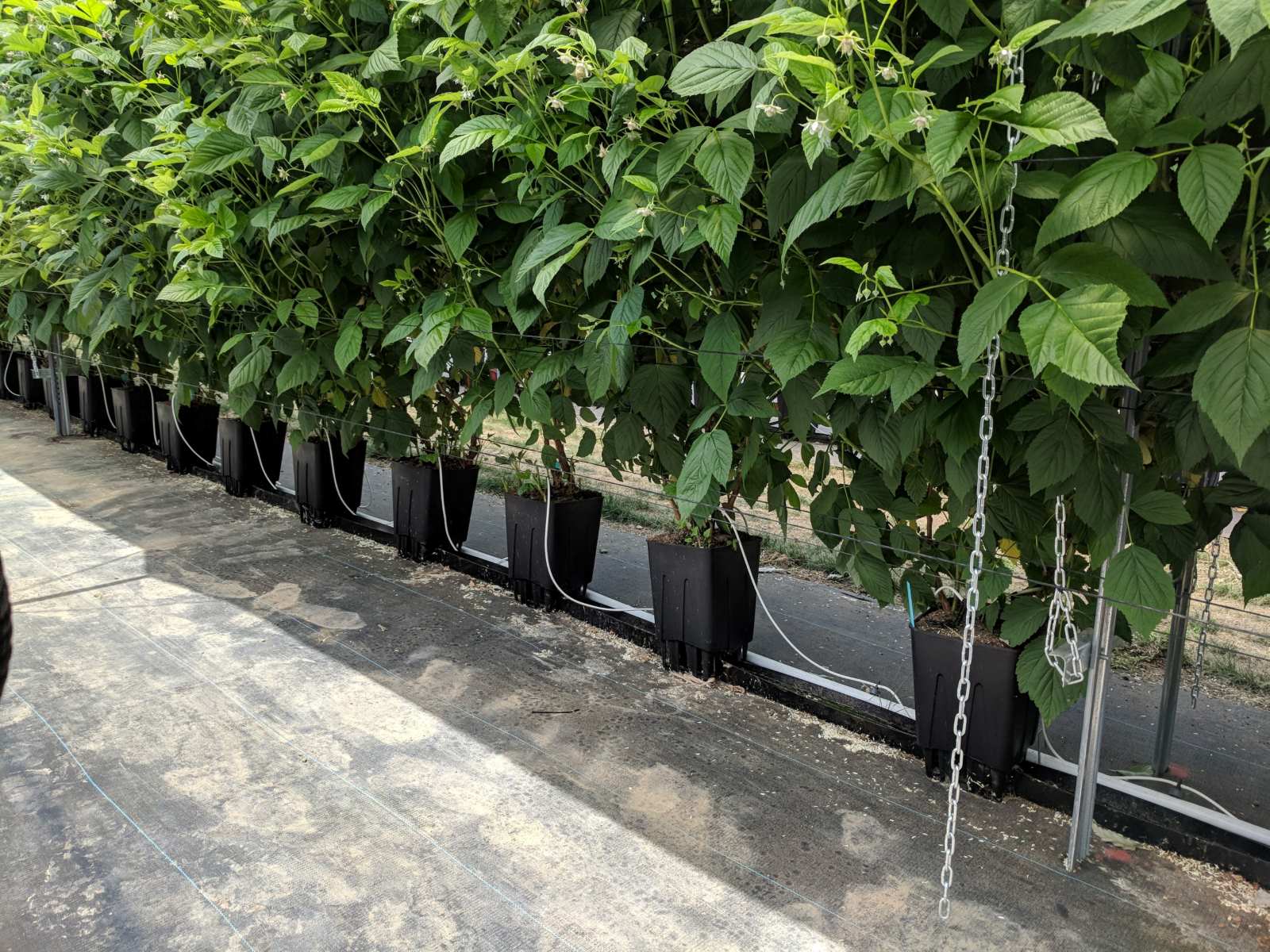
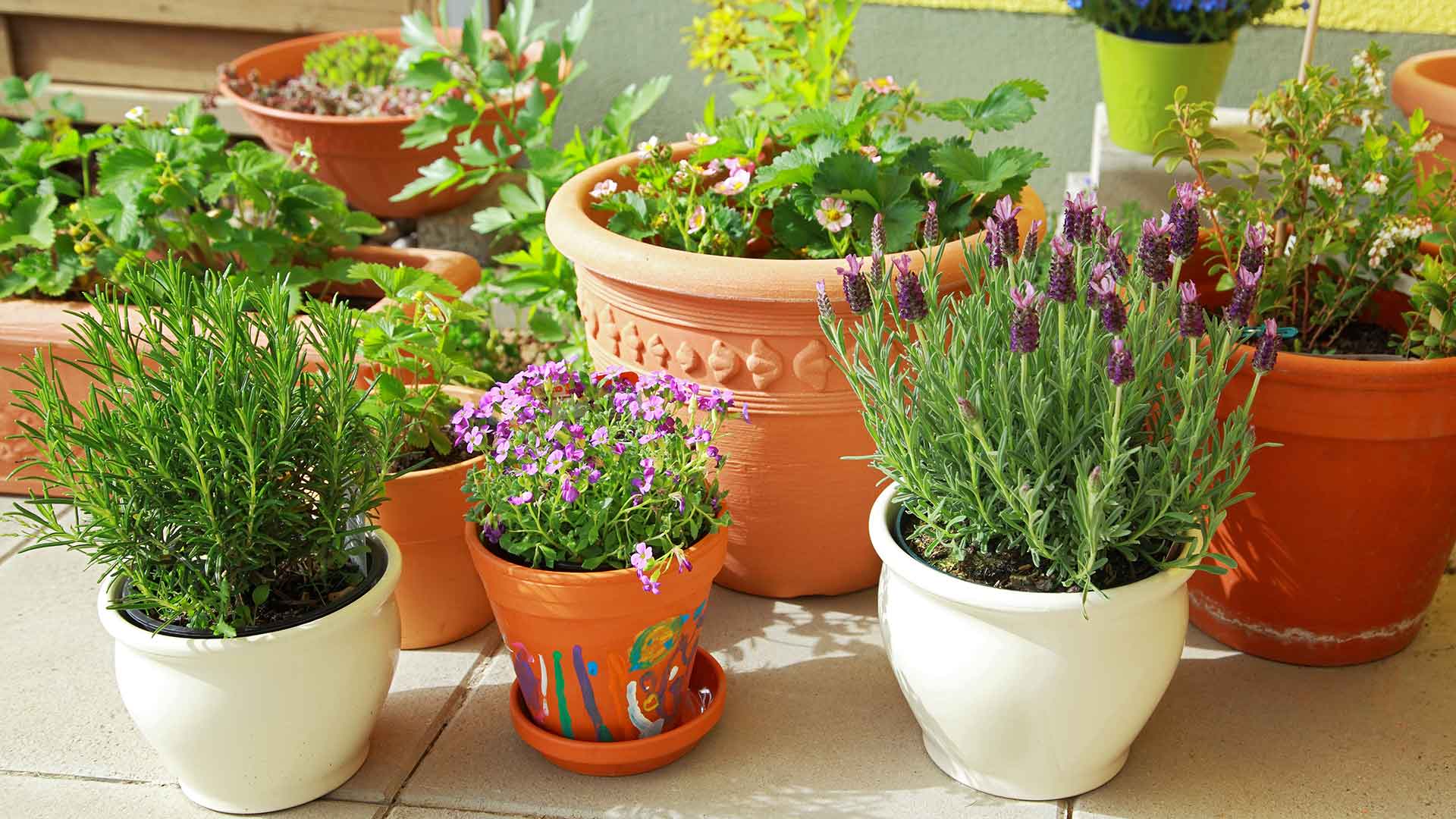
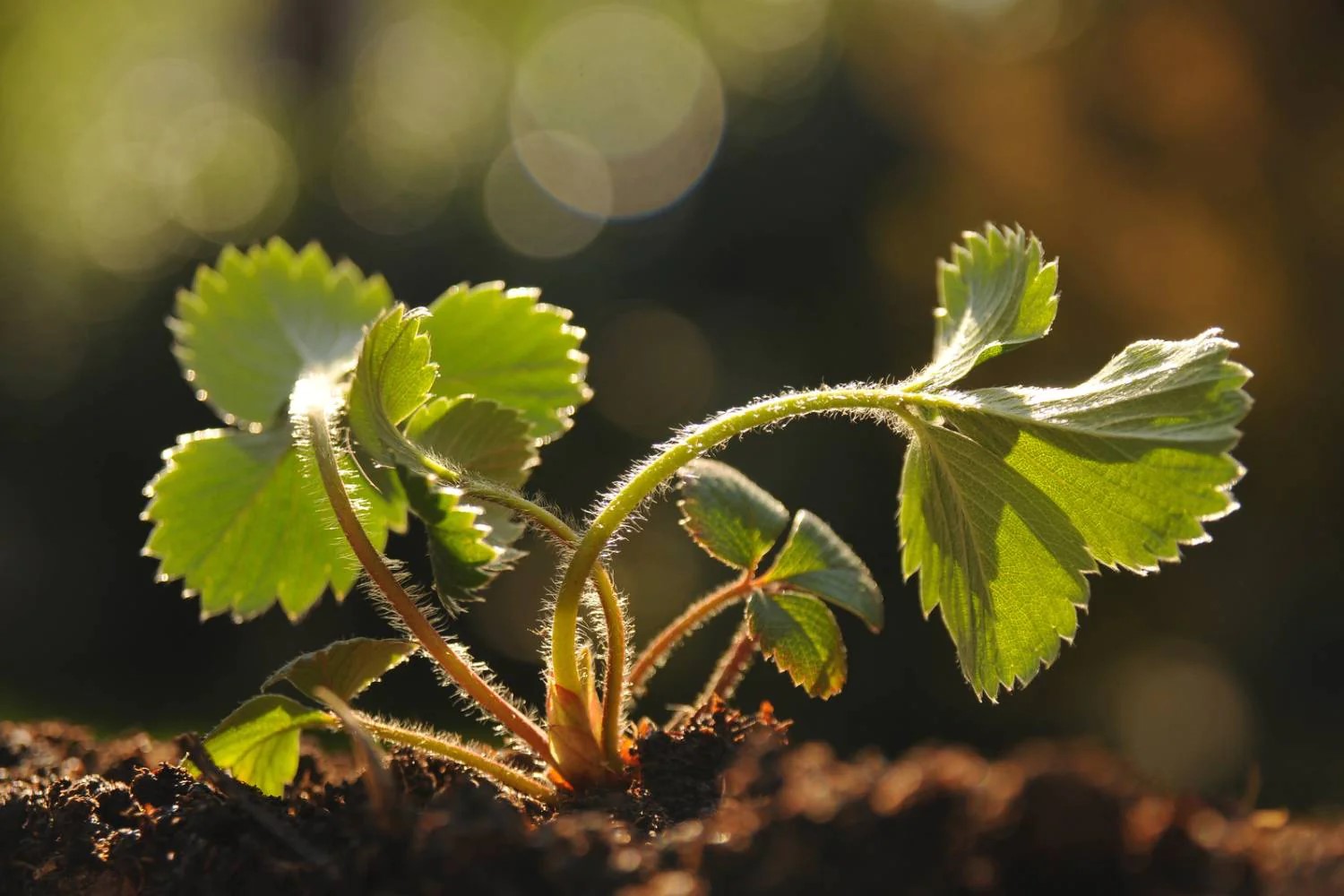
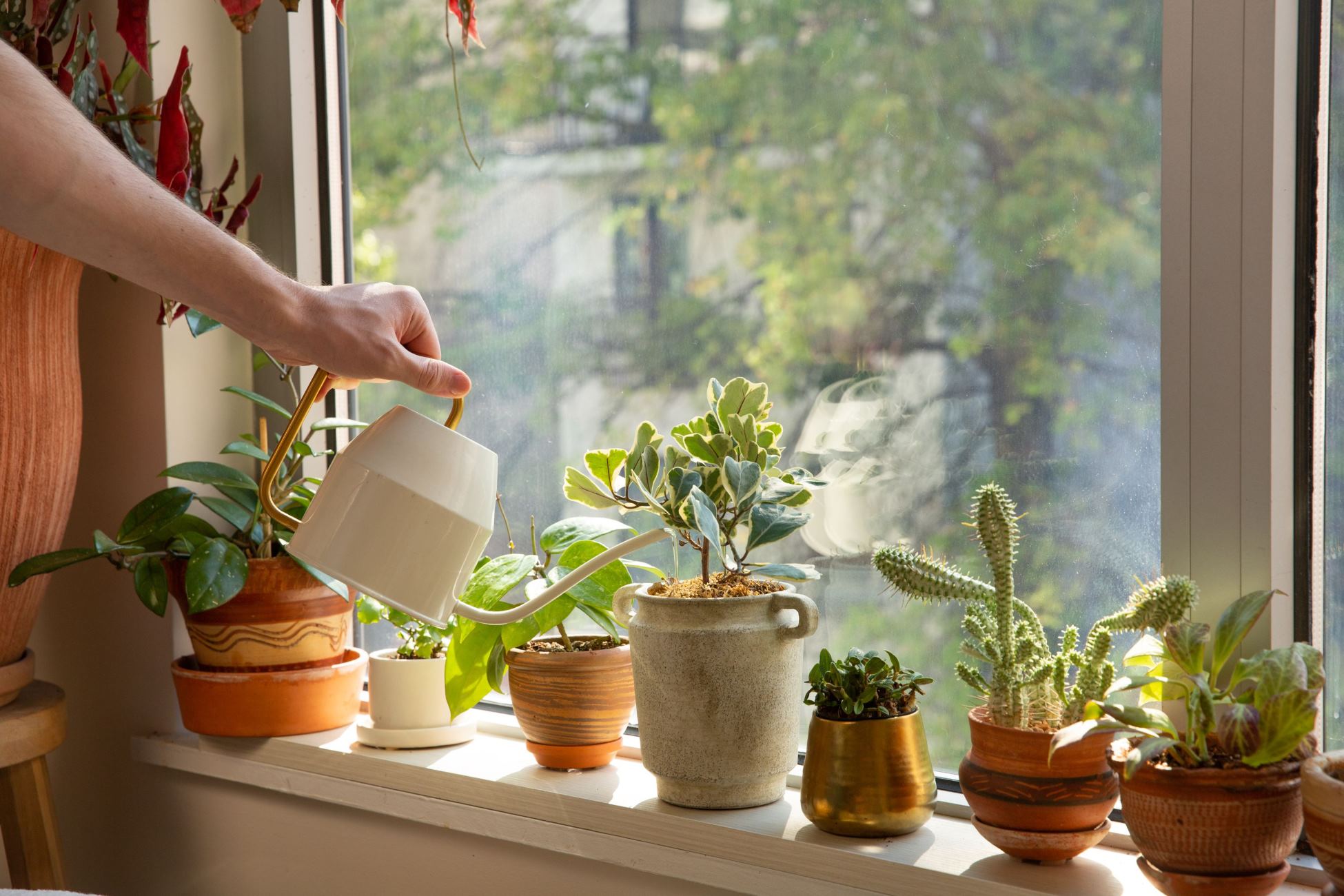
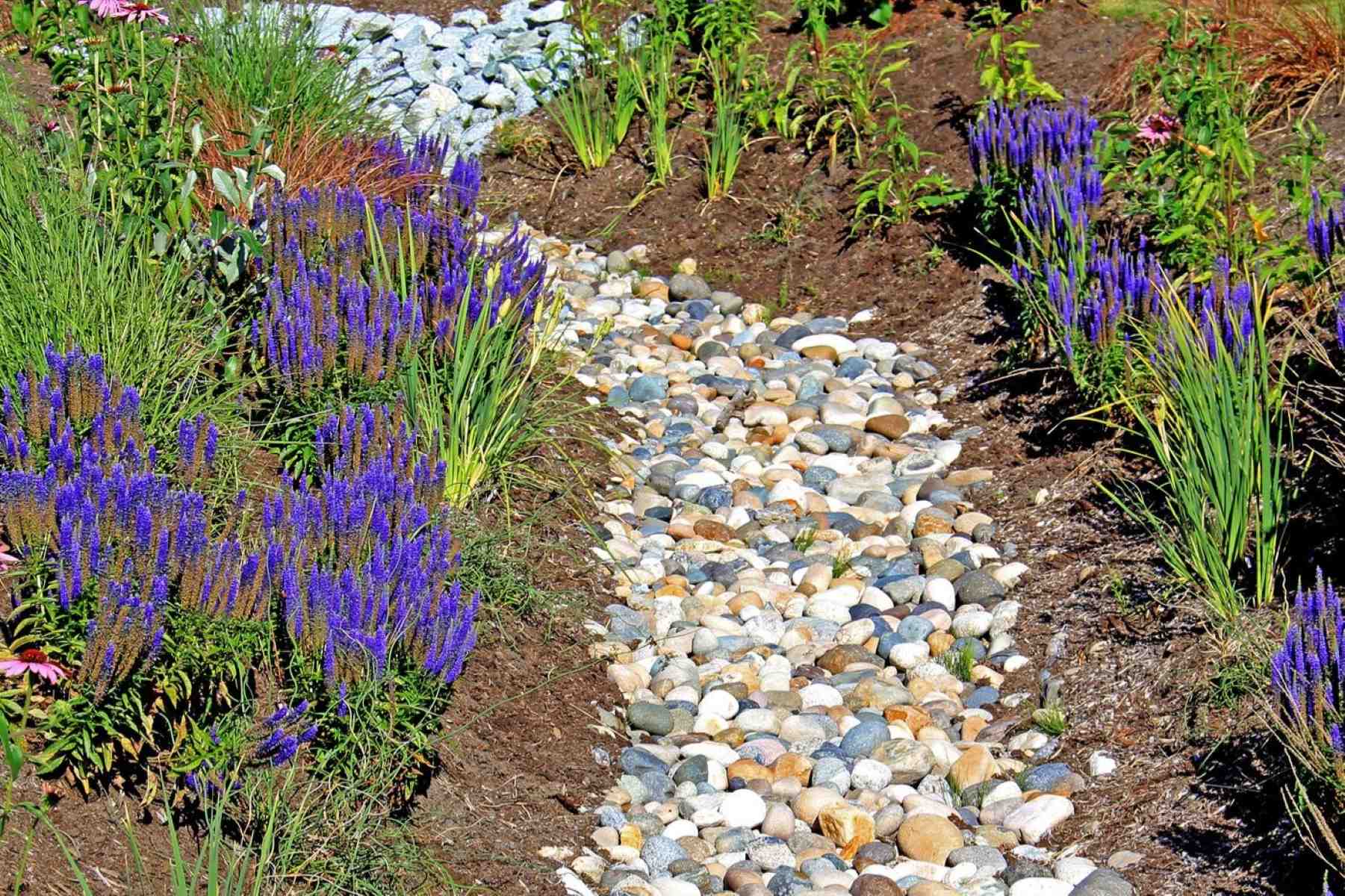
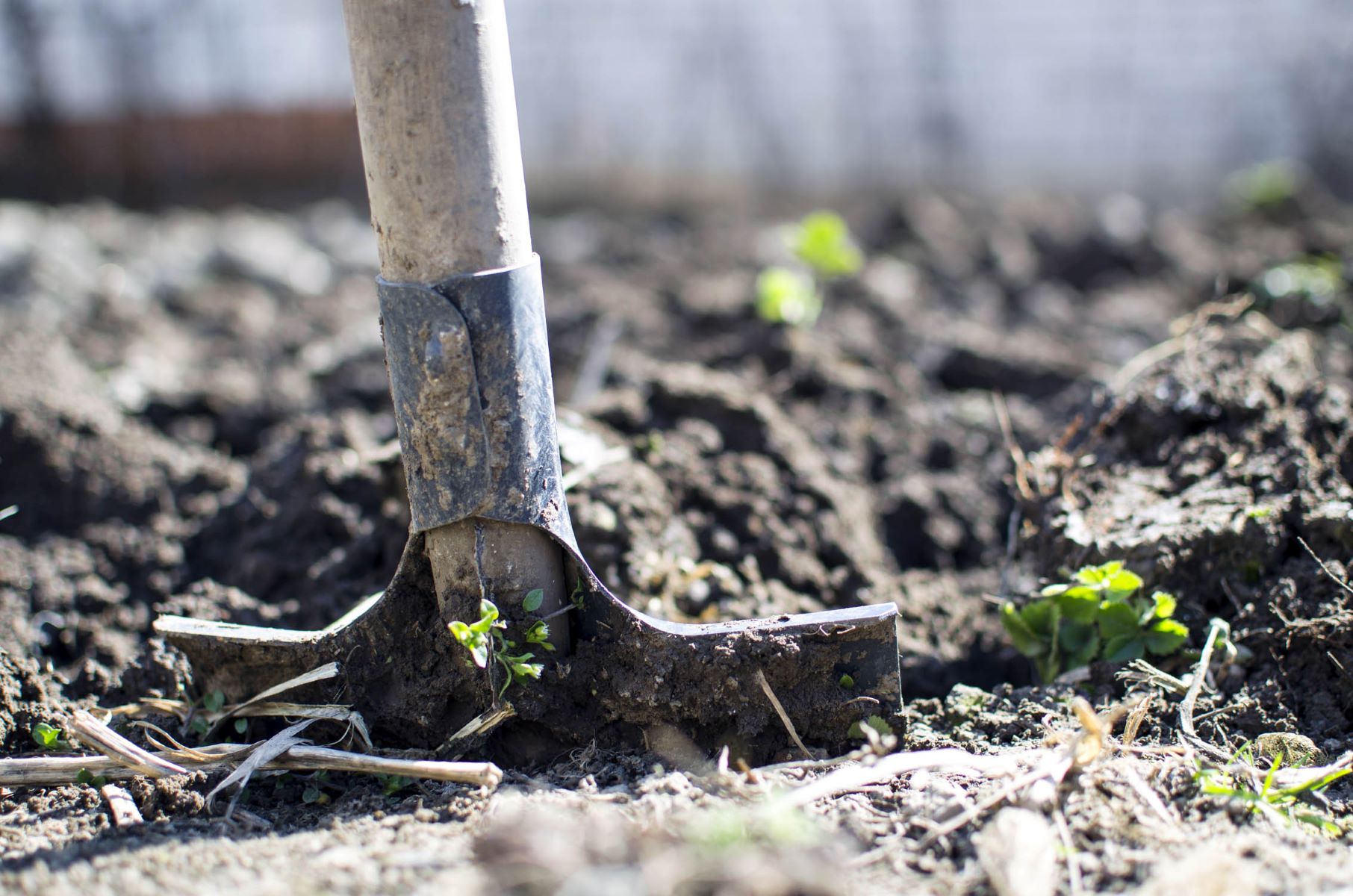
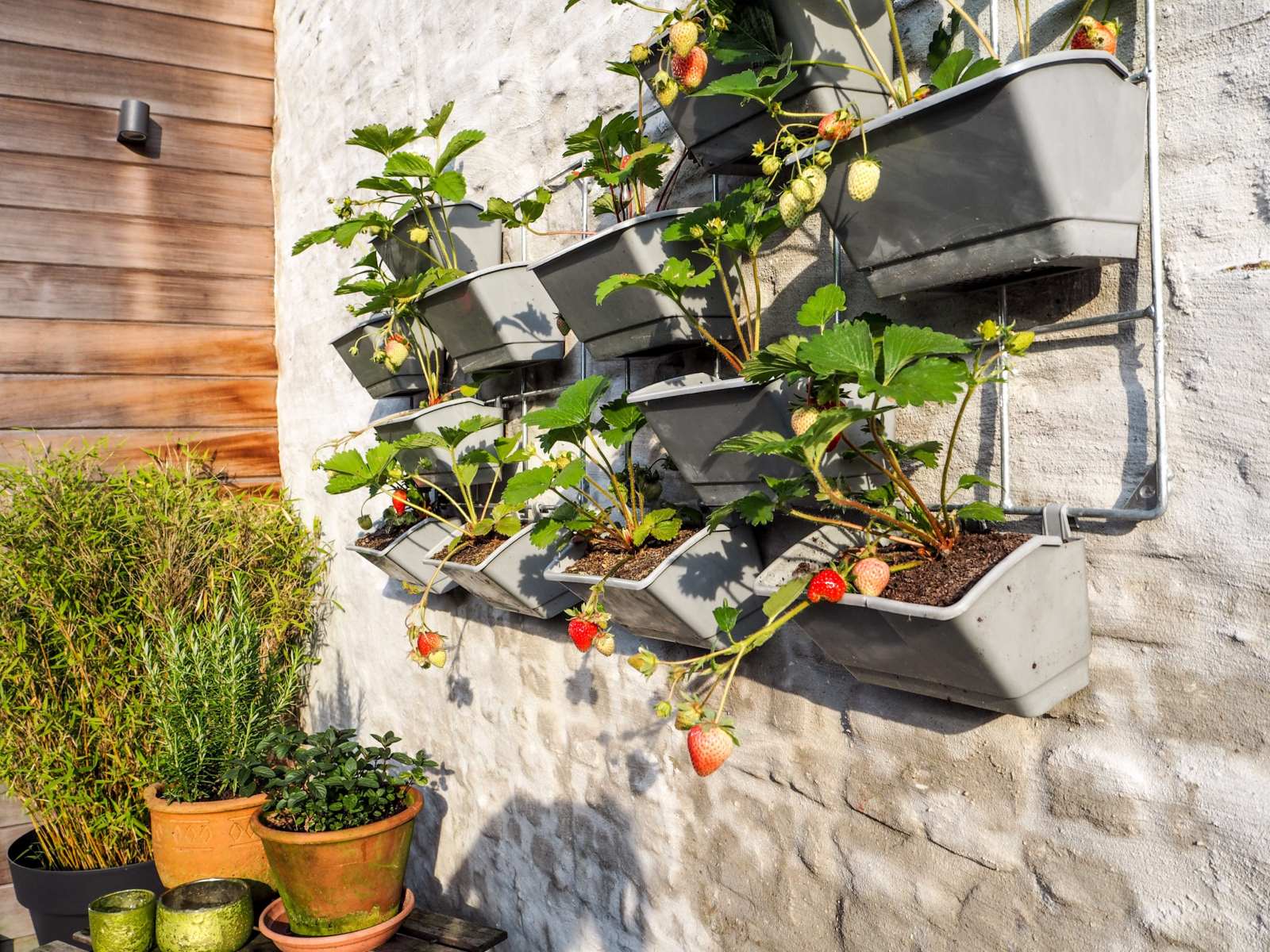
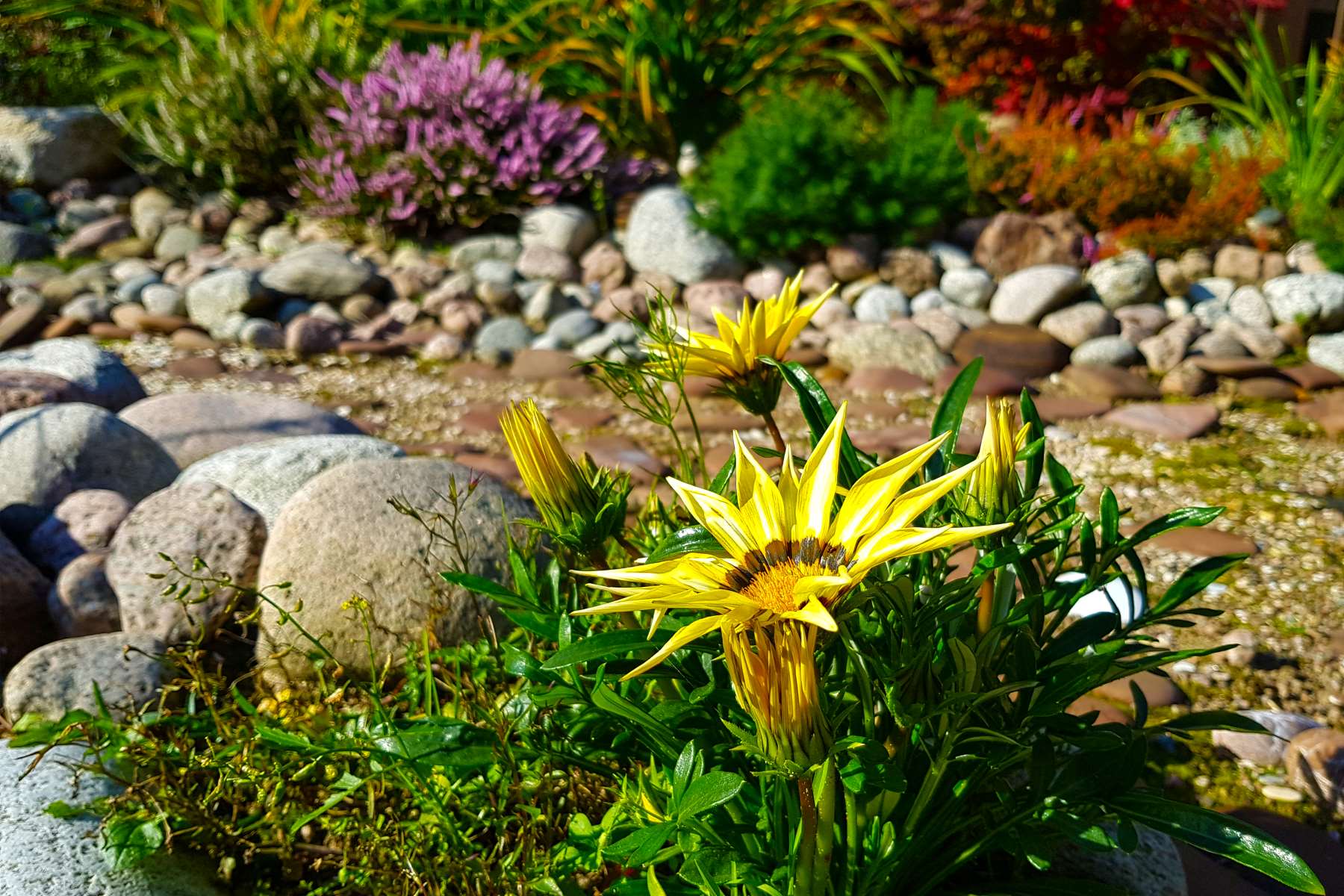
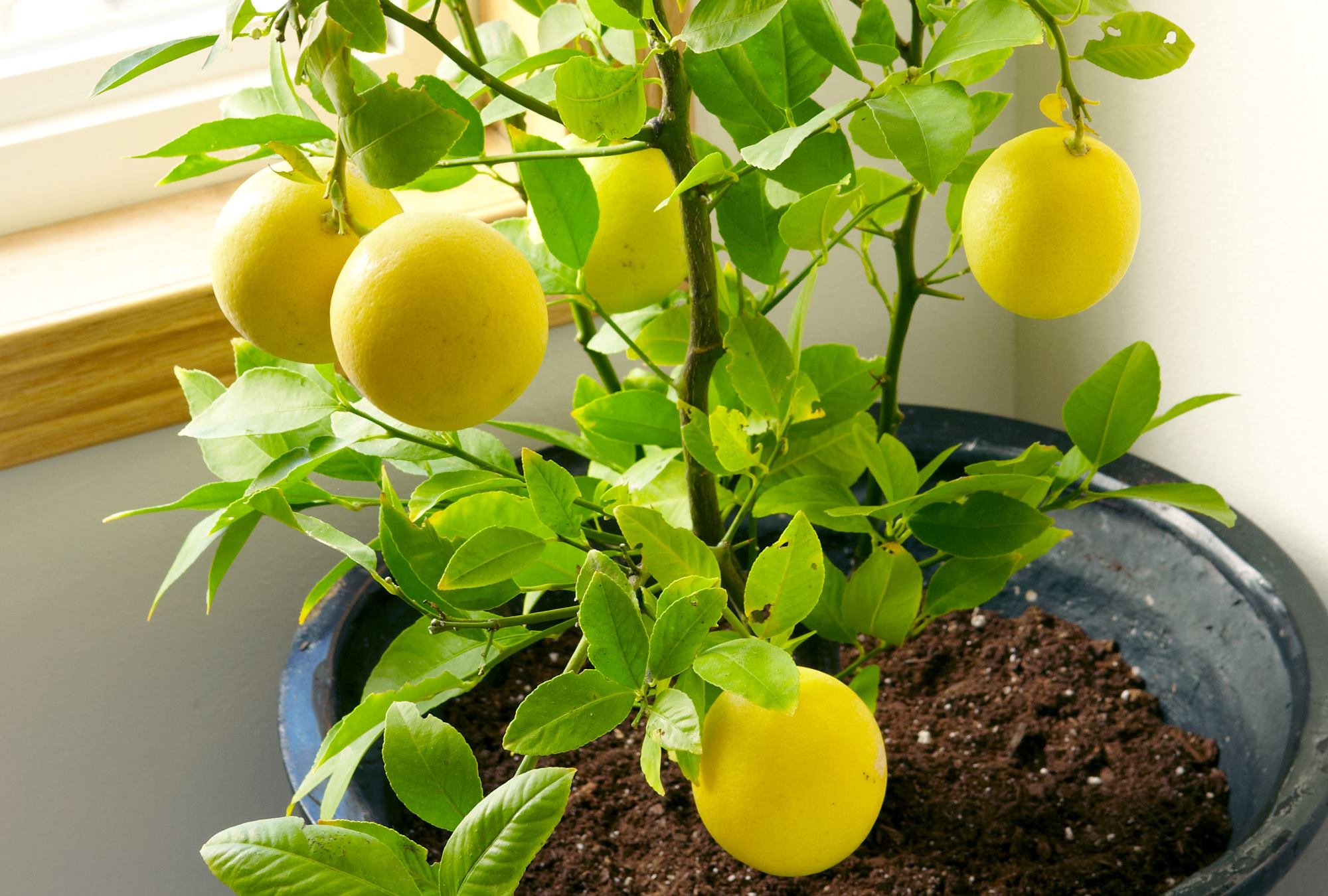

0 thoughts on “How To Plant In Strawberry Pots With No Drainage”